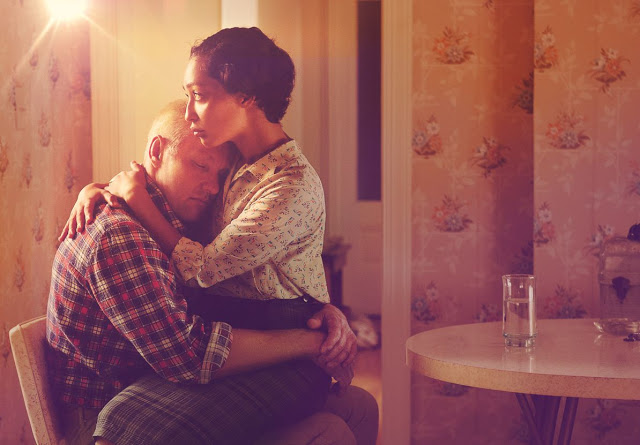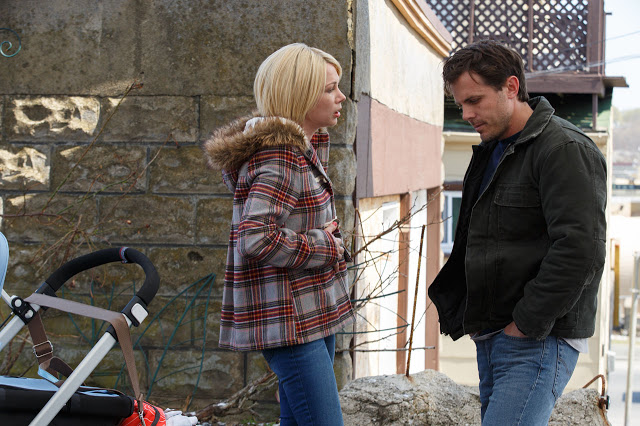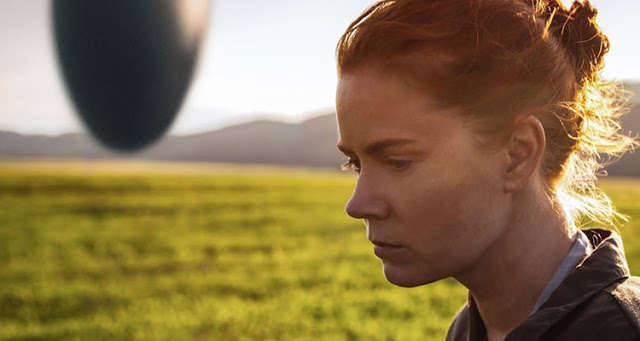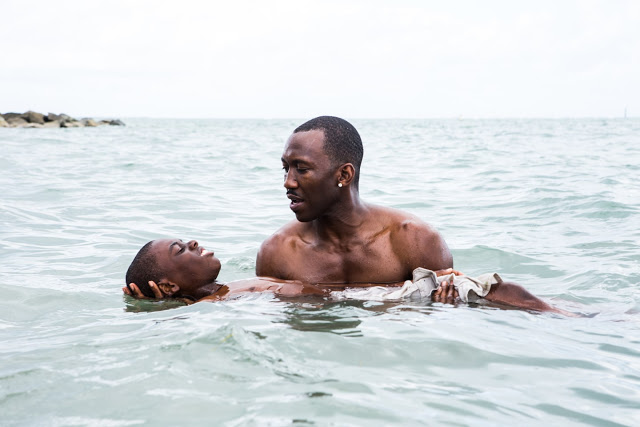Nocturnal Animals: Brutality Is Skin Deep
Title sequences can do more than just convey rudimentary information about a film’s cast and crew—they can set the mood, introduce a plot, establish a theme. So what to make of the opening credits of Nocturnal Animals, which impassively present a parade of naked, obese women dancing in slow-motion as firecrackers explode around them? Is this garish display meant to be revolting? Titillating? Provocative? Profound? Forced to guess, one might argue that the director, Tom Ford, is attempting to draw a line between happiness and despair, remarking that beauty and brutality are often intertwined. (To do so, one would first need to ignore the accusations of body-shaming that have dogged Ford regarding the sequence.) But that isn’t quite right, because the dirty joke of this dirty movie is that, much like its jarring opening credits, it means absolutely nothing.
Which is not to say that Nocturnal Animals is unsightly. Far from it. A famous fashion designer making his second foray into cinema (following the well-received, overwrought A Single Man), Ford fails to weave the gorgeous with the grotesque as meaningfully as he’d like, but he nevertheless supplies ample quantities of both. For the former, he casts Amy Adams (always a good start), dresses her in ravishing clothes, and plops her in the middle of an austere, pristinely manicured Malibu mansion. Adams plays Susan, a paragon of first-world materialism; she owns an art gallery, attends fancy parties, and is married to a handsome husband (Armie Hammer) who regularly jets off to New York to close deals and screw mistresses. Despite her wealth and creature comforts, Susan is plainly disenchanted with her life—she needs a jolt of excitement to jostle her out of her ennui. Read More





